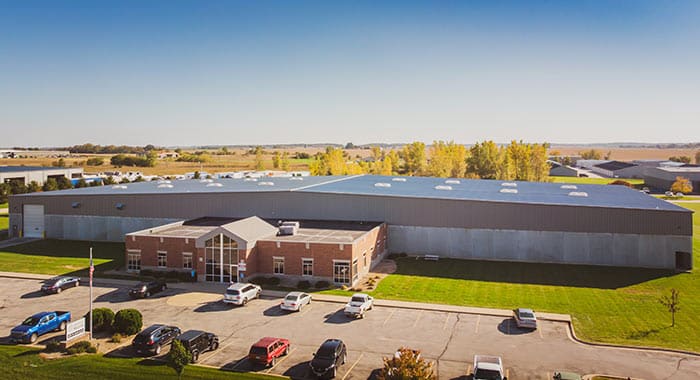A majority of businesses owners and managers may already be familiar with the circular economy and closed-loop economy models are. But have they truly taken the time to understand the true reach of their benefits? Are business owners and managers aware of how these models can be integrated into their current strategies to improve their business? For those hoping to incorporate these models into their existing strategies, this post will provide some insight into how the models function and their benefits.
First things first, the nomenclature of these strategies may seem a bit confusing, so it’s worth clearing up. A circular economy, otherwise known as a closed-loop economy, refers to an economic model that eliminates all waste output. That is to say, there is no waste production as everything in the production processes are reused, recycled, shared, or repaired. As such, these strategies have also been dubbed as closed-loop systems, or more specifically, a closed-loop supply chain.
This model has become increasingly more common in the manufacturing industry as it is extremely efficient in obtaining, creating, and consuming materials and goods for the sake of the manufacturing processes. Its popularity has raised so much that recent research findings indicate the model will be worth $4.5 trillion dollars by 2030. Granted this is a global estimation, it’s hard to deny that the closed-loop economy model could benefit your organization in some way. A majority of the adopters of this model have seen increases in their customer loyalty, a boost in their company’s public perception, and even long-term savings as a result of a reduced reliance on external suppliers. As more and more companies continue to opt into this closed-loop model, the overall reliance on raw material supplies decreases. This, in turn, has a positive impact on the environment. Incorporating these models also fosters a work environment that breeds innovation and new ideas.
Tying It All Together
In order to truly establish a closed-loop economy, businesses must work together to cultivate a closed-loop supply chain. Meaning more organizations have to consider how their products and packaging are designed and manufactured, in addition to how those same products are sold, refurbished, and recycled. As more businesses collaborate and participate within a closed-loop supply chain, more raw material is able to be saved and thus the benefits to organizations and consumers can increase.

As it stands, a majority of companies currently follow a linear economy model. Meaning raw materials are initially utilized by manufacturers in order to design and create their products. These products are then used and disposed of by individual consumers or companies. Which means the amount of reused or recycled material is very little. A majority of the inputs will be wasted and will be unable to be used in the creation process again.
This waste is what brings about the importance of a closed-loop economy. With a lack of waste, and materials being collected after being consumed, the reprocessing of these raw materials becomes abundantly easier. The process would then be something along these lines: consume initial raw materials, collect inputs, process and design, then manufacture and consume. The cycle would then restart at the beginning and so on and so forth. This model effectively reduces manufacturing costs while simultaneously creating more environmentally sustainable products for consumers. For more information on the Closed-Loop Economy system, check out the featured resource below. Courtesy of Quincy Recycle.
